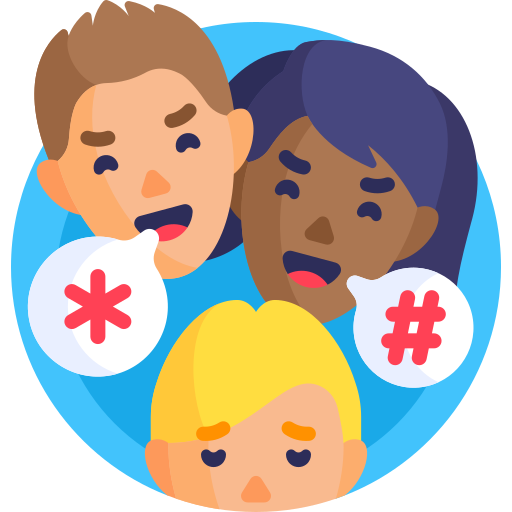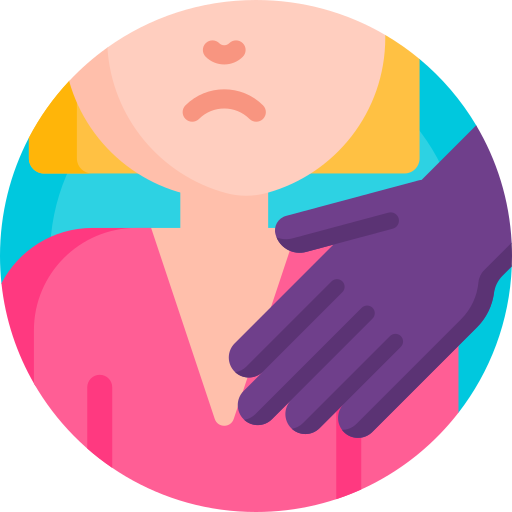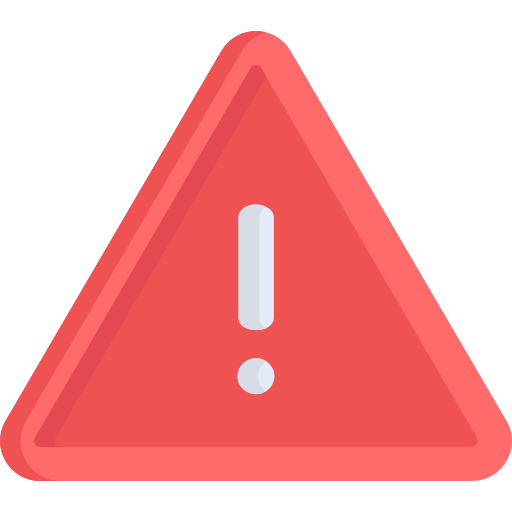
This logo isn't an ad or affiliate link. It's an organization that shares in our mission, and empowered the authors to share their insights in Byte form.
Rumie vets Bytes for compliance with our
Standards.
The organization is responsible for the completeness and reliability of the content.
Learn more
about how Rumie works with partners.
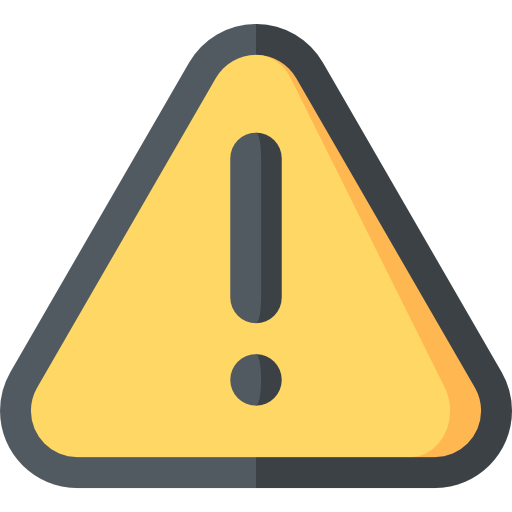 This Byte depicts scenes of abuse. It might be triggering for some readers.
This Byte depicts scenes of abuse. It might be triggering for some readers.
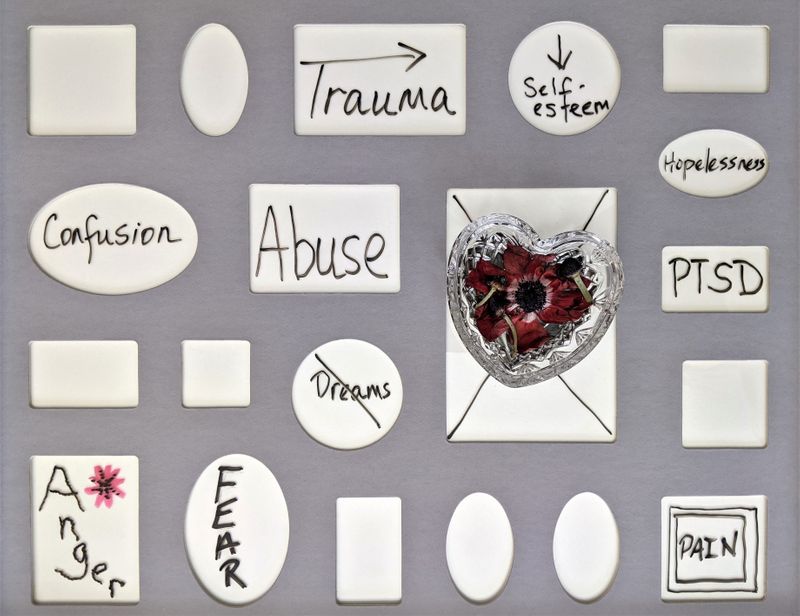 Photo by Susan Wilkinson on Unsplash
Photo by Susan Wilkinson on UnsplashDo you know someone who might be in an abusive relationship?
Do you know the signs of abuse and how it can impact a survivor's life?
Have you ever wondered what you can do to support a loved one who is trying to leave an abusive relationship?
Knowing the answers to these questions will help you to organize and plan their escape safely.
What Is Abuse?
Abuse is the use of power and control over another person through physical, emotional, sexual, financial, or psychological means.
 Photo by Vitaliy Shevchenko on Unsplash
Photo by Vitaliy Shevchenko on UnsplashCommon types of abuse include:

Physical abuse is when someone hurts or injures another person through physical force, such as choking, hitting, or punching.
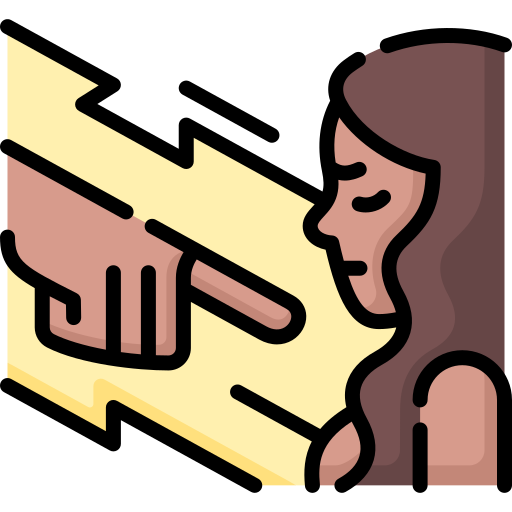
Patterns of Abuse
The cycle of abuse is a pattern that can occur in abusive relationships. It typically involves four stages:
 Tension building: This first stage involves increasing tension and stress in the relationship. The victim may feel like they're walking on eggshells around the abuser, trying to avoid triggering their anger.
Tension building: This first stage involves increasing tension and stress in the relationship. The victim may feel like they're walking on eggshells around the abuser, trying to avoid triggering their anger.Incident of abuse: Next come the actions of abuse. They can take many forms, including physical, emotional, or sexual abuse.
Reconciliation: After the incident of abuse, the abuser may apologize and make promises to change their behavior. They may be affectionate and loving towards their victim, leading the victim to believe that the relationship can be saved.
Calm: The final stage is a period of calm in the relationship, where there is little to no tension or conflict. However, this calm is often short-lived, and the cycle can begin again with tension building.
Warning Signs of an Abusive Relationship
Warning signs of abuse:
Unexplained injuries or bruises
Frequently apologizing for behavior
Seeming nervous around their partner
Increased anxiety or depression
Less confident and not their usual self
Avoiding meeting you or canceling plans at the last minute
Using social media less, deleting old pictures, and unfriending people
Frequent sick leave from work
Effects of abuse on the victim:
Self-doubt and low self-esteem
Becomes depressed
Feeling ashamed
Trust issues
Panic attacks
Suicidal thoughts
Withdrawing emotionally
Making excuses for the abuser
Difficulty forming healthy relationships
Embarrassment about their relationship
What Should Sara Do?
Mia's partner Jack is becoming increasingly abusive.
One day Sara arrived at Mia's house with a surprise birthday gift, but she was taken aback to see the warning signs of abuse present in Mia's relationship.
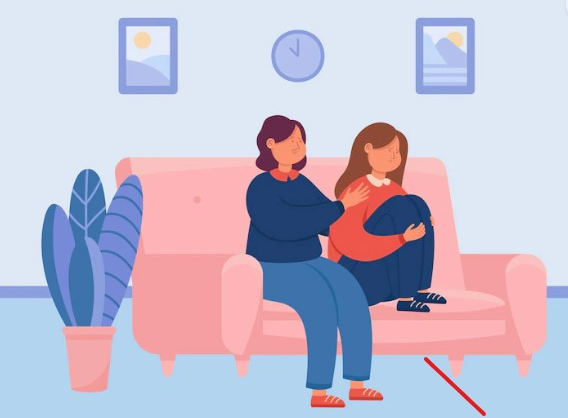
What should Sara do after noticing the warning signs?
A. Encourage Mia to keep quiet and try to work things out with her partner.
B. Validate Mia's feelings and offer support, such as providing resources for seeking help.
C. Ignore the situation and hope that it will resolve on its own.
D. Confront Mia's partner Jack directly and demand that he stops his abusive behaviour.
Quiz
Which option is an appropriate action for Sara to take to help Mia escape her abusive relationship?
To help Mia leave an abusive relationship, Sara should validate her feelings and offer support by providing resources for seeking help, instead of encouraging her to keep quiet or confronting her partner directly, which could put Mia in more danger.
How to Help Someone Leave an Abusive Relationship
Help your loved on create an exit plan that safely allows them to leave an abusive relationship.
Work onthe plan with the help of a domestic violence agency if you can get in touch with one. Make sure the plan includes:
Identifying and locating a safe place to stay
A packed bag with clothing and documents in a safe place
A financial plan for when they leave
Documenting any incidents of abuse
Changing passwords to email, social media, etc.
Sharing the plan with trusted friends, family or coworkers a safety plan
Consulting with a lawyer or domestic violence advocate about taking legal action

What else might you need to consider?
Safety: Develop the safety plan based on their level of danger.
Support: Let them know it's not their fault and offer emotional support.
Confidentiality: Respect their privacy and don't share any information without permission.
Empowerment: Encourage decision-making and support their choices.
Resources: Know available hotlines, shelters, legal aid, and counselling.
Boundaries: Respect their boundaries and don't pressure them to leave.
Self-care: Take care of your own needs, as support can be challenging.
Quiz
What it is the most important factor to consider when creating an exit plan for a loved one in an abusive relationship?
Do not disclose the plan to someone else it might put the victim to danger.
Take Action

Use the checklist below to help your loved one safely escape an abusive relationship.
This Byte has been authored by
Sadaf Kamal
Instructional Designer
This Byte has been reviewed by
Yasmin R. Singh
RP (Qualifying), MA
